November: Hospice and Palliative Care Month
November is National Hospice and Palliative Care month. This month is set aside each year for programs to reach out to raise awareness about hospice and palliative care. Furthermore, it is an opportunity to educate the community about end-of-life care options and living life to the fullest, despite a life-limiting illness.
At the center of hospice and palliative care is the belief that everyone has the right to die pain-free and with dignity, and families receive the support needed to allow this to happen.
“Every year, nearly 1.6 million people living with a life-limiting illness receive care from hospice in this country.”
Hospice and Palliative Care combine the highest level of quality medical care with the emotional and spiritual support that families and patients need most when facing a serious illness or the end of life.
This year the National Hospice and Palliative Care Organization (NHPCO) theme is Meeting You Where You Are. This means that hospice is not a place you go or pass by on your way home. Hospice is a service that meets you where you are physically and with personalized care specific to your medical needs.
Hospice and Palliative Care programs provide family-focused care to meet the medical, emotional, and spiritual needs of patients and loved ones. Hospice has a focus on care, comfort, and quality of life. Palliative Care is provided alongside curative treatment.
These programs both offer comfort care, reduce stress, offer complex symptom relief related to serious illness, and provide physical and psychosocial relief. Both types of programs will educate the patient and family on choices for medical care as well as social, emotional, and practical support, just with a different focus for the type of care and treatment goals.
Here are a few facts about end-of-life Hospice care, taken from the 2021 NHPCO Facts & Figures:
1. There are 4 levels of hospice care, determined by differing intensities of care needed during the course of an illness: Routine Hospice Care (RHC), Continuous Care (CC), Respite Care (IRC), General Inpatient Care (GIP)
2. Cancer is the top primary hospice diagnosis with 30% of total hospice patients. The other top hospice diagnoses are: Cardiovascular 17%, Dementia 16%, Respiratory 11%, and Stroke 10%
3. 27.9% of patients received the hospice benefit for 7 or fewer days. More than half (53.9% of patients were enrolled in hospice for 30 days or fewer.
If you or a loved one has been diagnosed with a serious or terminal illness, you are encouraged to reach out to your medical provider or a local hospice agency. Consultations with hospice and palliative care services are always free.

